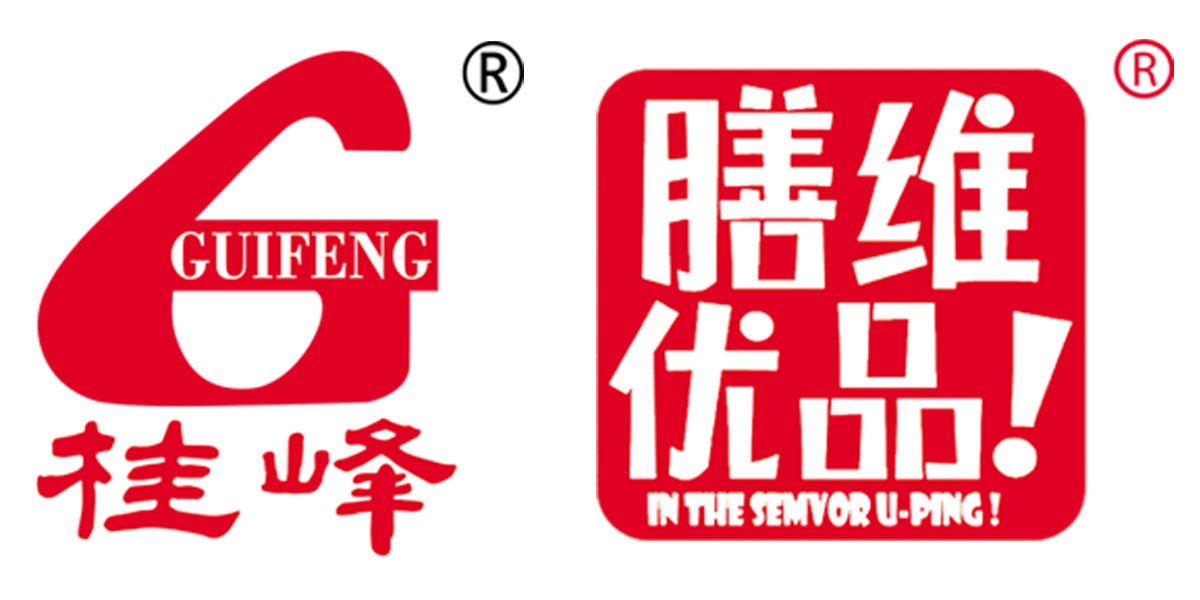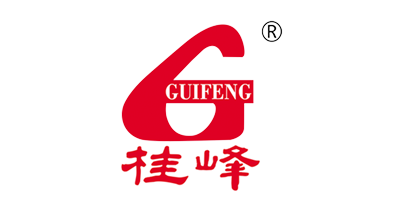08
2017
-
08
The difference between jelly and gelatin.
Jelly and gelatin have significant differences in terms of ingredients, production methods, and texture.
Ingredients and production methods
Jelly: Typically made from fruit juice or jam as a base, combined with gelatin, sugar, etc. During production, gelatin is dissolved in water or fruit juice through heating, then sugar and jam are added. After cooling, it forms a solid state similar to gel.
Gelatin: The raw materials are diverse, often using animal skins, bones, tendons, and fish scales to extract the gelatinous components. During production, the raw materials are boiled and then various seasonings are added to create a semi-solid state.
Texture
Jelly: Being solid, it has a relatively hard texture that is not easy to chew and is usually consumed as a dessert.
Gelatin: Contains a large amount of gelatinous components; its texture is soft and smooth, typically used as an additive in desserts or beverages.
Cultural and historical background
Jelly: Jelly is a type of Western sweet food that has a semi-solid form made from edible gelatin mixed with water, sugar, and fruit juice. In Cantonese, jelly is usually referred to as 'gelatin.'
Gelatin: Gelatin is commonly found in various molded gels, gel creams, and masks; it is a transparent to translucent viscous liquid.
In summary, although jelly and gelatin both contain gelatinous substances, they differ significantly in terms of ingredients, production methods, and texture. Jelly typically uses fruit juice as its base with a harder texture while gelatin contains a large amount of gelatinous components with a soft and smooth texture.
Previous Page
Next Page
08
/
08
Explore the Unique Flavor Profile of Honeysuckle Grapefruit Jelly
Honeysuckle grapefruit flavor jelly is a delightful product that beautifully combines the sweet floral notes of honeysuckle with the tartness of grapefruit. This unique pairing not only tantalizes the taste buds but also contributes to a range of culinary applications, making it a versatile addition to any kitchen. Honeysuckle, a flowering plant known for its sweet aroma and taste, has been used i
08
/
07
Unlock the Secrets of 180g Probiotic Fruit Jelly: Your Path to a Healthier Gut
Unlock the Secrets of 180g Probiotic Fruit Jelly: Your Path to a Healthier Gut In recent years, the significance of gut health has gained widespread attention among health-conscious individuals. With the increasing recognition of the gut-brain connection and the role of probiotics in digestive wellness, many are now seeking tasty and effective ways to enhance their gut health. One such delightful
08
/
06
Discover the Delights of 450g Konjac Jelly: A Healthy Treat for Everyone
Konjac jelly, particularly in a convenient 450g format, is gaining popularity among health-conscious consumers looking for tasty yet guilt-free snacks. Made from the konjac plant, also known as konjac root or devil’s tongue, this jelly is primarily composed of water and glucomannan, a soluble fiber that offers numerous health benefits. One of the most appealing aspects of 450g konjac jelly is its
08
/
04
The Ultimate Guide to 36g Portable Jelly Packs: A Convenient and Delicious Snack Option
In today's fast-paced world, finding convenient and nutritious snacks can be a challenge. Enter the 36g portable jelly pack, a delightful and easy-to-carry option that has gained popularity among individuals looking for a quick energy boost without compromising on taste. These jelly packs are not only fun to eat but also offer a range of benefits that make them a suitable choice for various lifest


